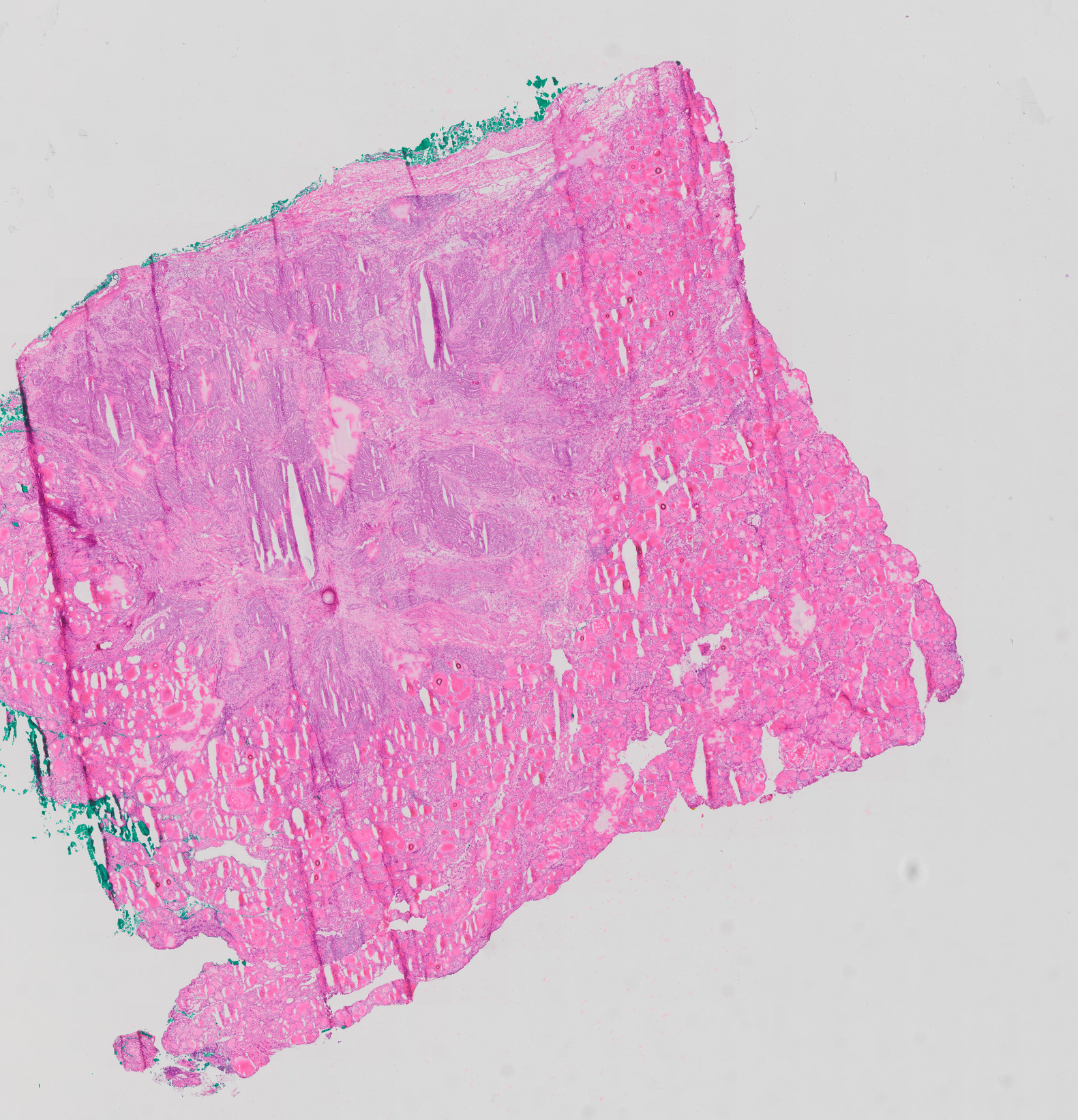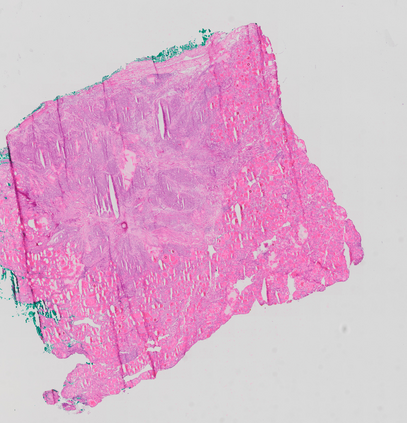Digital whole slides images contain an enormous amount of information providing a strong motivation for the development of automated image analysis tools. Particularly deep neural networks show high potential with respect to various tasks in the field of digital pathology. However, a limitation is given by the fact that typical deep learning algorithms require (manual) annotations in addition to the large amounts of image data, to enable effective training. Multiple instance learning exhibits a powerful tool for learning deep neural networks in a scenario without fully annotated data. These methods are particularly effective in this domain, due to the fact that labels for a complete whole slide image are often captured routinely, whereas labels for patches, regions or pixels are not. This potential already resulted in a considerable number of publications, with the majority published in the last three years. Besides the availability of data and a high motivation from the medical perspective, the availability of powerful graphics processing units exhibits an accelerator in this field. In this paper, we provide an overview of widely and effectively used concepts of used deep multiple instance learning approaches, recent advances and also critically discuss remaining challenges and future potential.
翻译:数字整体幻灯片图像包含大量信息,为开发自动图像分析工具提供了强有力的动力。特别是深神经网络显示在数字病理学领域各种任务方面的潜力很大。然而,由于典型的深层次学习算法除了需要大量图像数据外还需要(人工)说明才能进行有效培训,因此存在局限性。多实例学习展示了一种强有力的工具,在没有充分附加说明的数据的情景下,可以学习深层神经网络。这些方法在这一领域特别有效,因为整个完整幻灯片图像的标签常常被例行捕获,而补丁、区域或像素的标签则不是。这种潜力已经导致大量出版物,大多数在过去三年中出版。除了从医学角度提供数据和高度动机外,强大的图形处理单位的可用性展示了该领域的加速器。在本文中,我们概述了广泛和有效使用的深层多实例学习方法概念、最新进展以及批判性地讨论剩余挑战和未来潜力。



